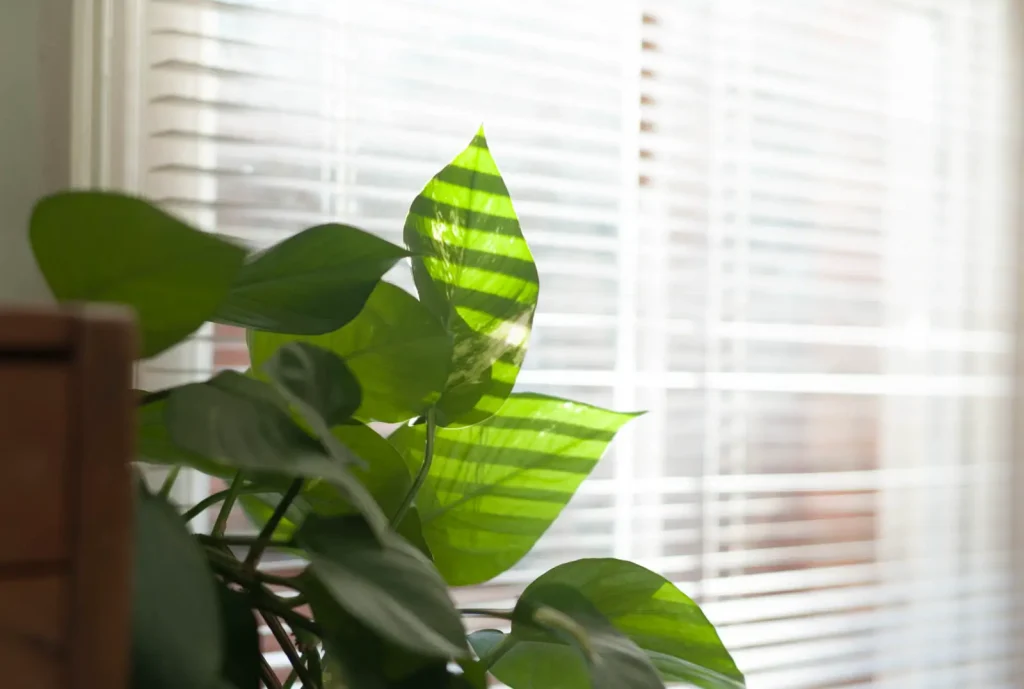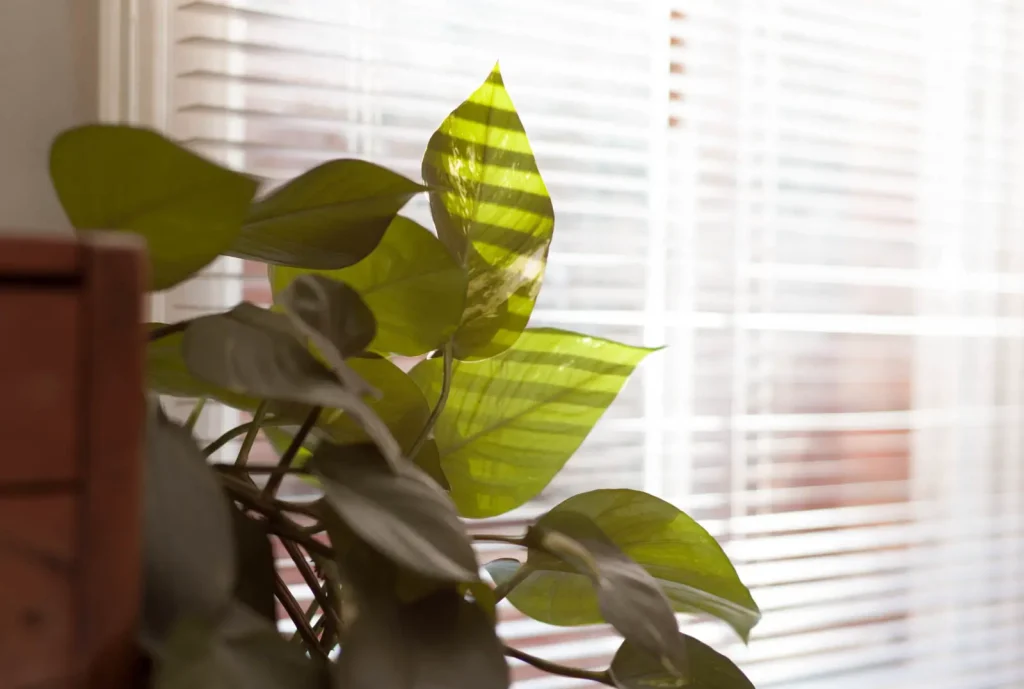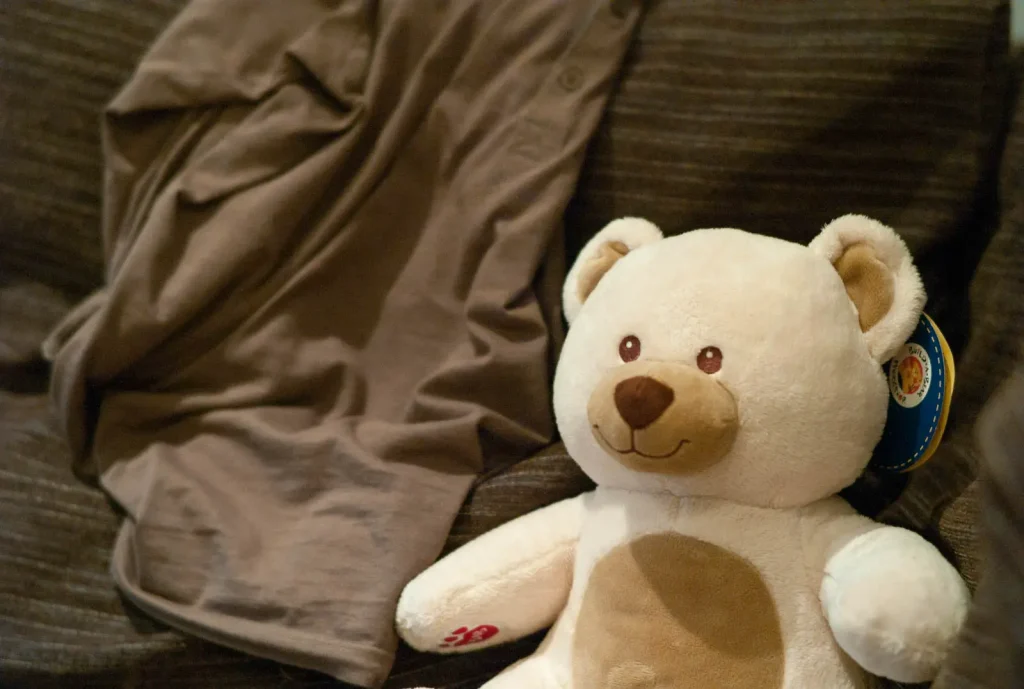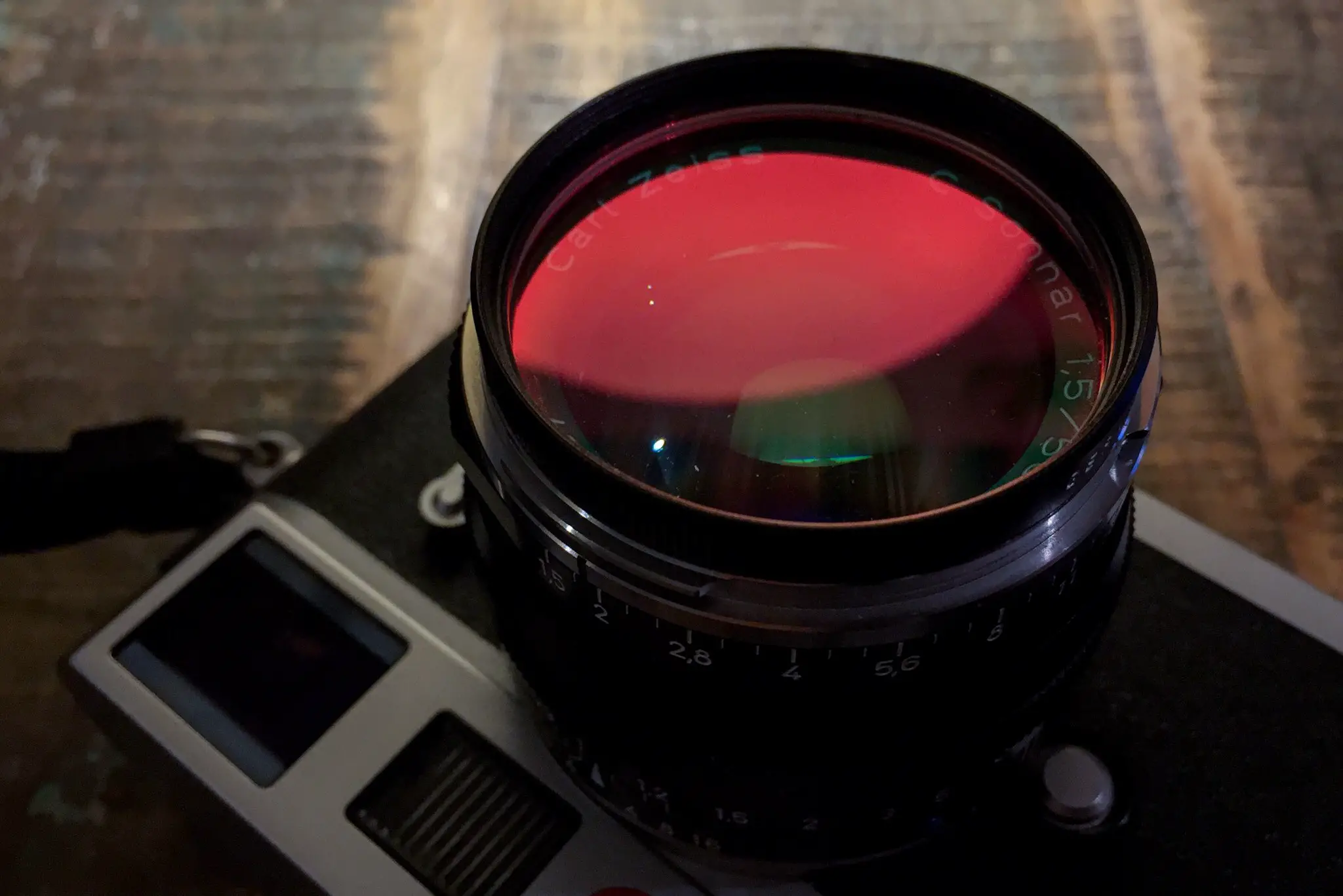When I posted the first few shots from the Leica M8, I made comment about the colour being a bit whacky inside my living room almost forcing me to shoot black and white. This was caused by my not using an infrared cut filter. A couple of people asked me what I meant by this, so now I have a filter that fits my Sonnar, I thought I’d do a side by side comparison of shots with and without the filter.
The technical bit (dumbed down)
Before I get into this, I just want to point out (like I have many times on this blog) that I’m not particularly technically minded, therefore my descriptions of these things are as I understand them, and perhaps not technically 100% – though in my view, they are all you need to understand to get by.
Near infrared and the Leica M8
When Leica released the M8, I guess they wanted their digital offering to have an edge over the competition in terms of image quality. Unlike today where we have now countless cameras on the market that exclude anti-aliasing filters, back in 2008 they were very much the standard. These filters are part of the construction of the cameras sensor, they make up the front most part of the sensor, and are there (believe it or not) to very slightly soften the image produced. This softening reduces the potential for moire pattern, or in the case of earlier lower resolution sensors, jagged digital-looking edges – hence “anti-aliasing”. What Leica did was to attempt to increase the resolution potential of the 10mp sensor in the M8 by thinning, and therefore reducing the effect of this filter. In some ways this was great, they achieved their goal of sharper photos, but it seems they didn’t count on the increased near-infrared transmittance of the thinned filter.
The problem of near-infrared
The filters on the front of sensors also have the job of limiting the band of wavelengths of light that hits the sensor. To dig around in my brain for some GCSE physics for a moment, visible light is just part of the electromagnetic spectrum. Within this spectrum there are also radio waves, microwaves, gamma rays, X-rays etc. Either side of the visible light part of the spectrum – the part that reflect of surfaces and gives us the colours we see – are ultraviolet and infrared waves. UV and IR aren’t visible to the human eye, but they are – at least to some degree – visible to a camera sensor.
A CCD sensor – as in the M8 – has a bayer filter. This filter is made up of red, green and blue tiny little filters that are sat above the photosites. The photosites are the tiny little light sensitive surfaces that measure the luminosity of the light hitting them. Four of these photosites make up a pixel, two green, one red and one blue. The cameras job is to process the combination of these measured signals and turn it into a coloured pixel in the final image. With me so far? (I’m not sure I am).
Of course, we can’t see near-infrared in the same way we can’t see radio waves or microwaves, and because we can’t see it, it obviously doesn’t have a colour. Because it doesn’t have a colour it doesn’t fit into the colour gamuts we program into our computers to work with. This means that when infrared hits a sensor, it registers a signal in the sensor in the same way as visible light does. The result of this is that this signal gets processed by the camera and fitted erroneously into the colour gamut the camera uses (SRGB or Adobe RGB). It effectively therefore pollutes the signal being processed by the camera resulting in images that suffer with colour shift in the areas where the camera has “seen” the near-infrared light.
Technical bit out of the way, here’s the problem illustrated
Thankfully, even in the Leica M8 where the near-infrared does have an impact, the impact is reasonably subtle in most shooting circumstances. But sometimes it’s impossible to miss, and unfortunately very difficult to process out after the photo has been taken.
I haven’t processed any of these images, other than just matching the white balance between the pairs. Matching the white balance does somewhat increase the difference between the images, but it does illustrate the point, and no amount of tinkering with white balance fixes the problem.
In the first pair, look at the difference in the colour of my dark blue/grey sofa


In this pair it’s most noticeable in the grey dog bed in the background and the black of Norah’s cow


Again, the dark blue/grey sofa and grey curtains


In this shot I’ve tried to demo the effect on foliage which goes much more yellow/pink


And finally, where I have found the biggest issue, in artificial light.


The solution
As you can imagine, this didn’t go down all to well when Leica brought out the M8. Having done a bit of reading on the subject, it seems they attempted to remedy the issue by offering two free screw on IR/UV lens filters to anyone who had purchased the Leica M8. It is one of those filters I’ve been experimenting with screwed on to the front of my Sonnar. Of course, filters come with their own disadvantages, not least increased potential for flare, and even (if you are picky) a potential reduction in resolution.
I shall of course come back to this when I get to reviewing the Leica M8, so if you are interested in reading my eventual thoughts on the camera, then get yourself subscribed to me email updates below…
Cheers,
Hamish
Share this post:









Comments
Frank Lehnen on Leica M8 – With or without a infrared cut filter comparison …
Comment posted: 14/02/2016
Comment posted: 14/02/2016
Comment posted: 14/02/2016
Comment posted: 14/02/2016
Comment posted: 14/02/2016
Comment posted: 14/02/2016
Comment posted: 14/02/2016
Comment posted: 14/02/2016
Des McSweeney on Leica M8 – With or without a infrared cut filter comparison …
Comment posted: 14/02/2016
Comment posted: 14/02/2016
KJ Vogelius on Leica M8 – With or without a infrared cut filter comparison …
Comment posted: 14/02/2016
Comment posted: 14/02/2016
Ned on Leica M8 – With or without a infrared cut filter comparison …
Comment posted: 14/02/2016
The crop factor gives you a nice focal length for portraits.
Is it heresy to say that an M8/M8.2 is in the back of my mind? Should I return to the dark side, it ticks quite a few boxes.
Looking forward to your review Hamish.
Comment posted: 14/02/2016
Comment posted: 14/02/2016
Comment posted: 14/02/2016
Comment posted: 14/02/2016
Ned on Leica M8 – With or without a infrared cut filter comparison …
Comment posted: 16/02/2016
As I am currently cameraless, I am working through the options and one possibility of pairing up an M8 and an M film body, sharing lenses, seems (at face value) to be attractive.
I had an X100s, so I know how good these Fuji's are.
I also sold my CL, so plenty for me to think about.
Cheers
Francois on Leica M8 – With or without a infrared cut filter comparison …
Comment posted: 01/05/2016
Of course, I would have liked a newer full frame version but prices are just too much for my budget. I also kept a mint Leicaflex SL2 with an Elmarit 35...old habits die hard. So for those who are still thinking of getting into digital M, do it and you might be surprised.
Elie Bescont on Leica M8 – With or without a infrared cut filter comparison …
Comment posted: 05/07/2016
Comment posted: 05/07/2016
Comment posted: 05/07/2016
Brian Sweeney on Leica M8 – With or without a infrared cut filter comparison …
Comment posted: 22/08/2016
Tom Niblick on Leica M8 – With or without a infrared cut filter comparison …
Comment posted: 19/02/2017
Stillsy on Leica M8 – With or without a infrared cut filter comparison …
Comment posted: 16/12/2017
Horses for courses hey....
Benson on Leica M8 – With or without a infrared cut filter comparison …
Comment posted: 17/06/2018